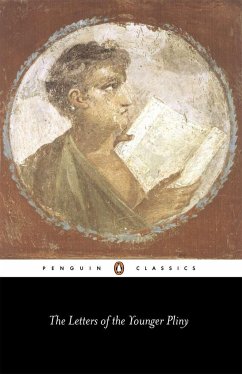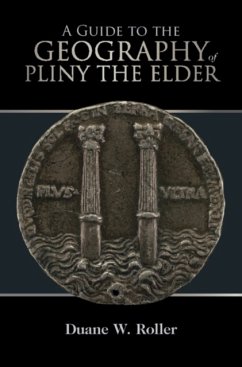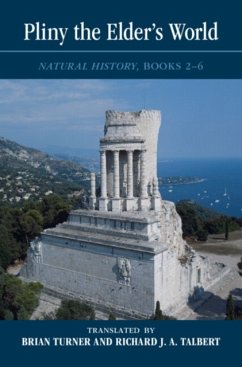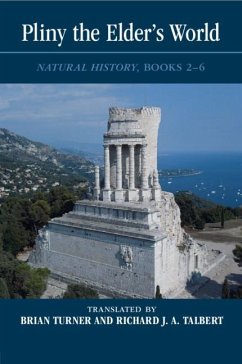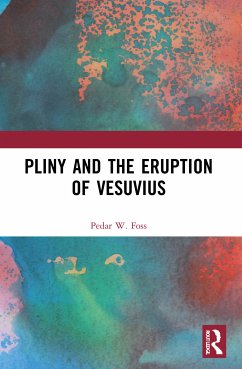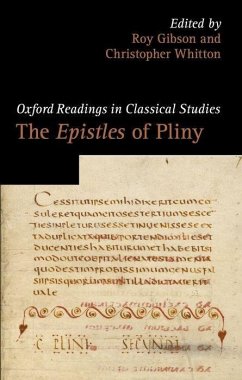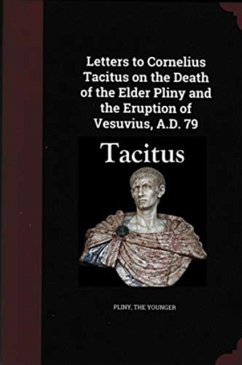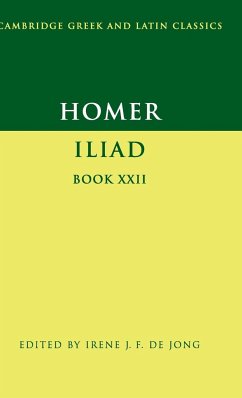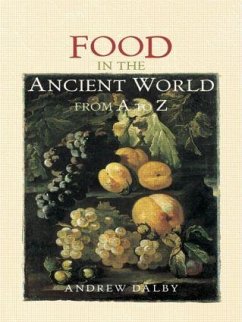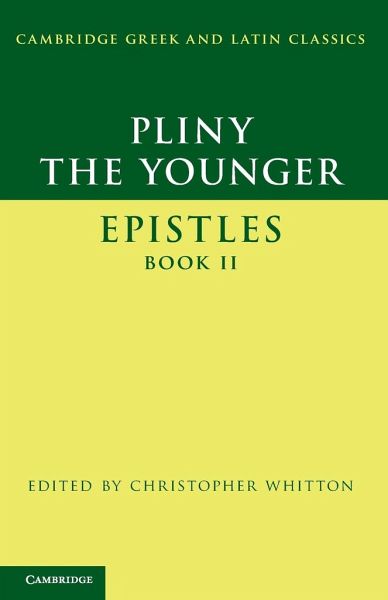
Pliny the Younger
'Epistles' Book II
Herausgegeben von Whitton, Christopher
Versandkostenfrei!
Versandfertig in 1-2 Wochen
43,99 €
inkl. MwSt.
Weitere Ausgaben:

PAYBACK Punkte
22 °P sammeln!
This edition presents the Latin text of Epistles II together with a full introduction and commentary for the first time in over a century. With clear linguistic explanations and full literary analysis, it invites students, teachers and scholars to a fresh appreciation of Pliny's lettered art.






